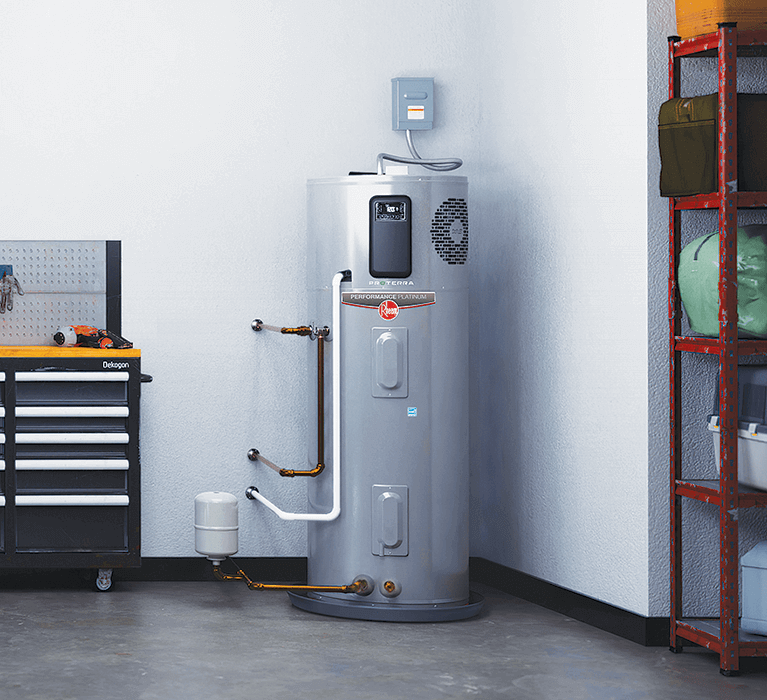Making Sure Durability of Your Home's Hot Water System: Care Tips
Making Sure Durability of Your Home's Hot Water System: Care Tips
Blog Article
The article directly below relating to Tips on Maintaining a Water Heater is absolutely fascinating. Don't bypass it.

Warm water is necessary for daily convenience, whether it's for a revitalizing shower or washing dishes. To guarantee your hot water system runs efficiently and lasts much longer, regular upkeep is crucial. This short article gives functional suggestions and insights on how to keep your home's warm water system to avoid disturbances and expensive repairs.
Intro
Maintaining your home's hot water system could appear challenging, yet with a few simple actions, you can ensure it runs efficiently for years to find. This guide covers whatever from understanding your warm water system to do it yourself upkeep ideas and knowing when to employ professional aid.
Importance of Preserving Your Warm Water System
Normal maintenance not just extends the life expectancy of your hot water system however likewise guarantees it operates effectively. Neglecting maintenance can bring about decreased effectiveness, higher power bills, and even early failing of the system.
Indications Your Warm Water System Needs Upkeep
Understanding when your warm water system requires attention can stop significant issues. Look out for signs such as inconsistent water temperature, strange noises from the heater, or rustic water.
Recognizing Your Hot Water System
Prior to diving right into maintenance jobs, it's helpful to comprehend the standard parts of your hot water system. Usually, this consists of the hot water heater itself, pipes, anode poles, and temperature level controls.
Monthly Maintenance Tasks
Routine month-to-month checks can aid capture minor concerns prior to they escalate.
Flushing the Water Heater
Flushing your water heater eliminates debris buildup, enhancing effectiveness and extending its life.
Monitoring and Changing Anode Rods
Anode poles protect against rust inside the storage tank. Checking and changing them when broken is critical.
Inspecting and Adjusting Temperature Settings
Changing the temperature settings guarantees ideal performance and security.
DIY Tips for Upkeep
You can perform several maintenance jobs yourself to maintain your warm water system in top condition.
Checking for Leakages
Consistently inspect pipes and links for leakages, as these can bring about water damages and higher bills.
Evaluating Pressure Alleviation Valves
Evaluating the pressure relief valve guarantees it operates properly and avoids excessive stress accumulation.
Insulating Pipelines
Shielding warm water pipes reduces warmth loss and can save power.
When to Call a Specialist
While DIY maintenance is beneficial, some concerns need expert know-how.
Complicated Issues Calling For Expert Help
Instances consist of major leaks, electric issues, or if your water heater is continually underperforming.
Regular Professional Upkeep Perks
Expert upkeep can consist of complete examinations, tune-ups, and making certain compliance with security standards.
Verdict
Routine maintenance of your home's warm water system is important for performance, longevity, and price savings. By adhering to these suggestions and recognizing when to seek professional assistance, you can make sure a dependable supply of warm water without unexpected disturbances.
How to Maintain an Instant Hot Water Heater
Before tinkering with your hot water heater, make sure that it’s not powered on. You also have to turn off the main circuit breaker and shut off the main gas line to prevent accidents. Also turn off the water valves connected to your unit to prevent water from flowing into and out of the appliance. 2. When you’re done, you have to detach the purge valves’ caps. These look like the letter “T†and are situated on either side of the water valves. Doing so will release any pressure that has accumulated inside the valves while at the same time avoid hot water from shooting out and burning your skin. 3. When the purge valves’ caps are removed, you have to connect your hosing lines to the valves. Your unit should have come with three hoses but if it didn’t, you can purchase these things from any hardware or home repair shops. You can also get them from retail stores that sell water heating systems. Read the user’s manual and follow it to complete this task properly. When the hosing lines are connected, open the purge port’s valves. 4. You should never use harsh chemical cleaners or solutions when cleaning your unit. Make use of white vinegar instead. It should be undiluted and you’ll probably use about 2 gallons. 5. Now flush your water heater. This task should probably take about 40 minutes. We can’t give you specific directions for this because the procedure is carried out depending on the type, model and brand of your heater. With that being said, refer to the user’s manual. 6. When you’re done draining the unit, you have to turn off the purge port valves again. Remove the hosing lines that you earlier installed on each of the water valves. Put the valve caps (purge port) back in their respective places and be very careful so as not to damage the rubber discs that are found inside these caps. 7. Now that everything’s back in place, check your user’s manual again to find out how to reactivate your water heating system. 8. Once it is working, turn one of your hot water faucets on just to let air pass through the heater’s water supply pipes. Leave the tap on until water flows smoothly out of it. https://www.orrplumbing.com/blog/2014/september/how-to-maintain-an-instant-hot-water-heater/

I have been very fascinated with Tips on Maintaining a Water Heater and I'm hoping you enjoyed the new blog entry. Kindly pause to share this content if you enjoyed reading it. Thank you for your time. Come back soon.
Call Today Report this page